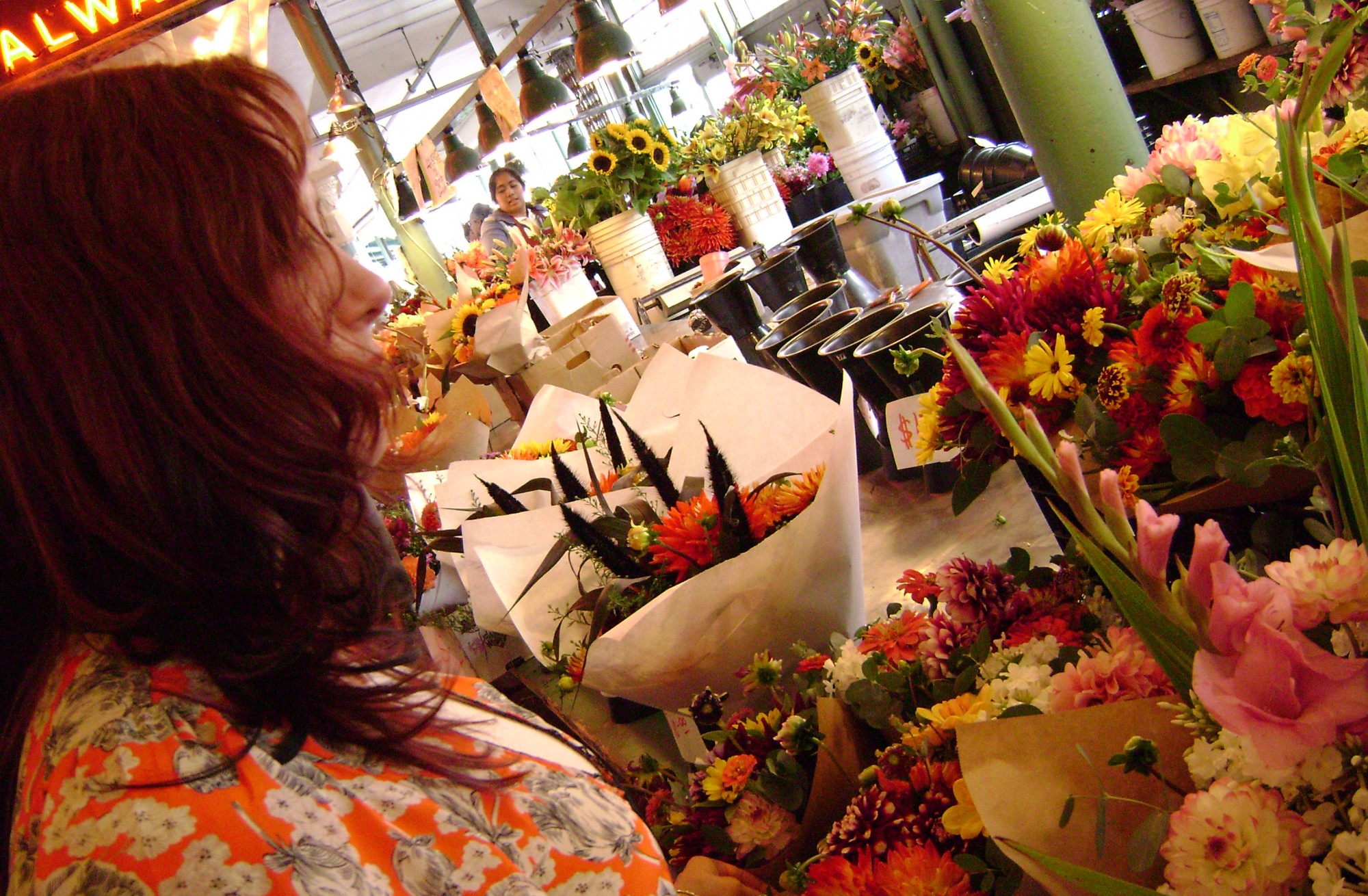Like the apple cut horizontally instead of vertically from yesterday, it does something to your perception of an object to hear it pronounced so differently. For me, it’s always been “GOODa,” which sounds about right. It’s goodanough. Not my favorite cheese, unless it’s an aged Gouda, with lots of salt crystals, about which I learned a lot today. But if it’s “GOWda,” like “COWda” or “Gouge Your Eyes Out,” a lot more comes into play.
The cheesemaker was so my type, in that he was lanky, intense, passionate about his cheese, and not entirely comfortable. There’s a hilarious moment of him standing with his family as they toss two huge wheels of cheese down the line as they pose for a portrait–he anxiously holds his arms out, ready to catch it if anyone misses it. It’s never passed to him. He’s like the stereotype you see in the oldest, middle, youngest child memes going around now: DEAD serious and ready to do it right. (I thank my sister Amber Miller at this moment for absolutely not being that sibling.)
The other half of the episode was about sardines and sea shantys, and the sardine part was more interesting. But what both halves shared was a focus on how many great things don’t get their credit because there simply isn’t a space for them. The cheesemaker’s best aged cheese . . . he only has a few wheels of them because he simply doesn’t have the room to store them. The sardine stand owner said he left fishing and opened the stand because he was frustrated that he saw most of the fish go elsewhere. “People don’t realize they have the best thing RIGHT HERE and they’re just not trying it fresh out of the water, on the grill.”
It’s a classic foodie argument (you must watch The Menu, btw), but what I found potent is that sensation of anxiety when someone has something great–that someone needs to know MORE about it, that MORE Someones need to know about it. Students used to tell me we needed to teach more of particular authors, and we’d say, “We only have ten weeks” (and would generously not point out they often didn’t read everything within that). I’ve had that anxiety about my book–shouldn’t I be doing MORE to promote it? I didn’t have the time last year–I was getting married, (am still) looking for new jobs, and working at three places.
And, anyway, how did books become more like sardines–only good when they’re fresh out of the water–and less like aged cheese, which might be even better in a couple of years?
Here’s to _Amplified Heart_ and the acceptance that, for now, what I’ve done is gouda nuff. Gouda, after all, saved the family farm.

All reactions:
11

